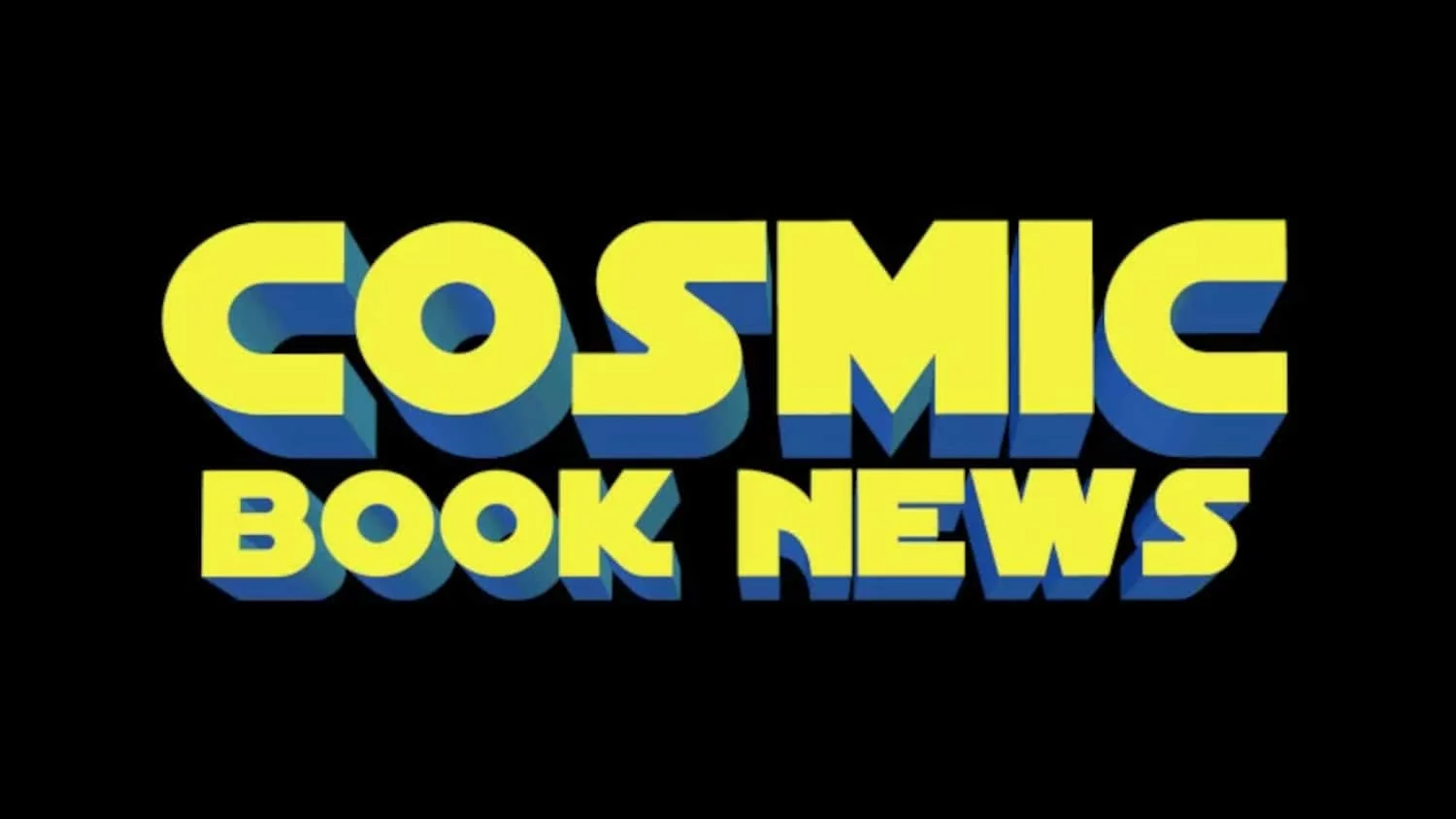Guardians of the Galaxy #14 Review (2020)
A Review of Guardians of the Galaxy #14 Writer: Ewing Artist: Frigeri Colorist: Blee Cover Artist: Booth, […]

Dive into the latest Reviews on movies, TV shows, comics, and video games. Explore detailed critiques, expert ratings, and comprehensive analysis of the newest releases. Whether you’re looking for recommendations or just want to stay updated, this is your go-to spot for honest and insightful reviews across all entertainment platforms.
A Review of Guardians of the Galaxy #14 Writer: Ewing Artist: Frigeri Colorist: Blee Cover Artist: Booth, […]
A Review of Guardians of the Galaxy #13 Writer: Ewing Artist: Frigeri Colorist: Blee Cover Artist: Booth, Corona,
An Opinion-Editorial Type Review of Guardians of the Galaxy #12 Writer: Ewing Artist: Cabal Colorist: Blee Cover
A Review of Guardians of the Galaxy #11 Writer: Ewing Artist: Cabal Colorist: Blee Cover Artist: Albuquerque &
More garbage from Marvel Comics. What else is new?
A Review Of Guardians of the Galaxy #10 Writer: Ewing Artist: Cabal Colorist: Blee Cover Artist: Albuquerque &
Writer: Kieron Gillen Art: Esad Ribic, Matthew Wilson Rating/Stars: 1 out of 5 It’s Guardians of the
A Review Of Guardians of the Galaxy #9 Writer: Ewing Artist: Cabal Colorist: Blee Cover Artist: Albuquerque Editor’s
A Review Of Guardians of the Galaxy #8 Writer: Ewing Artist: Takara Colorist: Blee Cover Artist: Albuquerque Editor’s
A Review Of Guardians of the Galaxy #7 Writer: Ewing Artist: Takara Colorist: Blee Cover Artist: Albuquerque Editor’s
A Review Of Guardians of the Galaxy #6 Writer: Ewing Artist: Takara Colorist: Blee Cover Artist: Albuquerque
A Review Of Guardians of the Galaxy #5 Writer: Ewing Artists: Cabal Colorist: Blee Cover Artist: Shavrin Editor’s
A Review Of Guardians of the Galaxy #4 Writer: Ewing Artists: Cabal Colorist: Blee & Guru-eFX Cover Artist: Shavrin
A Review Of Guardians of the Galaxy #3 Writer: Ewing Artists: Vakueva, Sprouse, Ortega, & Cabal Colorist: Blee Cover Artist: Shavrin
A Review Of Guardians of the Galaxy #2 Writer: Al Ewing Artist: Juann Cabal Colorist: Federico Blee Cover
A Review Of Guardians of the Galaxy #1 Writer: Al Ewing Artist: Juann Cabal Colorist: Federico Blee Cover
A Review Of Guardians of the Galaxy #12 Writer: Cates Artist: Smith Colorist: Curiel Cover Artists: Shaw &
A Review Of Annihilation: Scourge #1 Omega Writer: Rosenberg Artist: Garcia Colorists: Blee, Rosenberg, Arciniega Cover Artist: Casanovas
The Rise of Retcon A Film Review of Star Wars Episode IX: The Rise of Skywalker The legacy
(Editor’s note: The following is an opinion piece regarding commentary on the reviews for the “Death Stranding” video